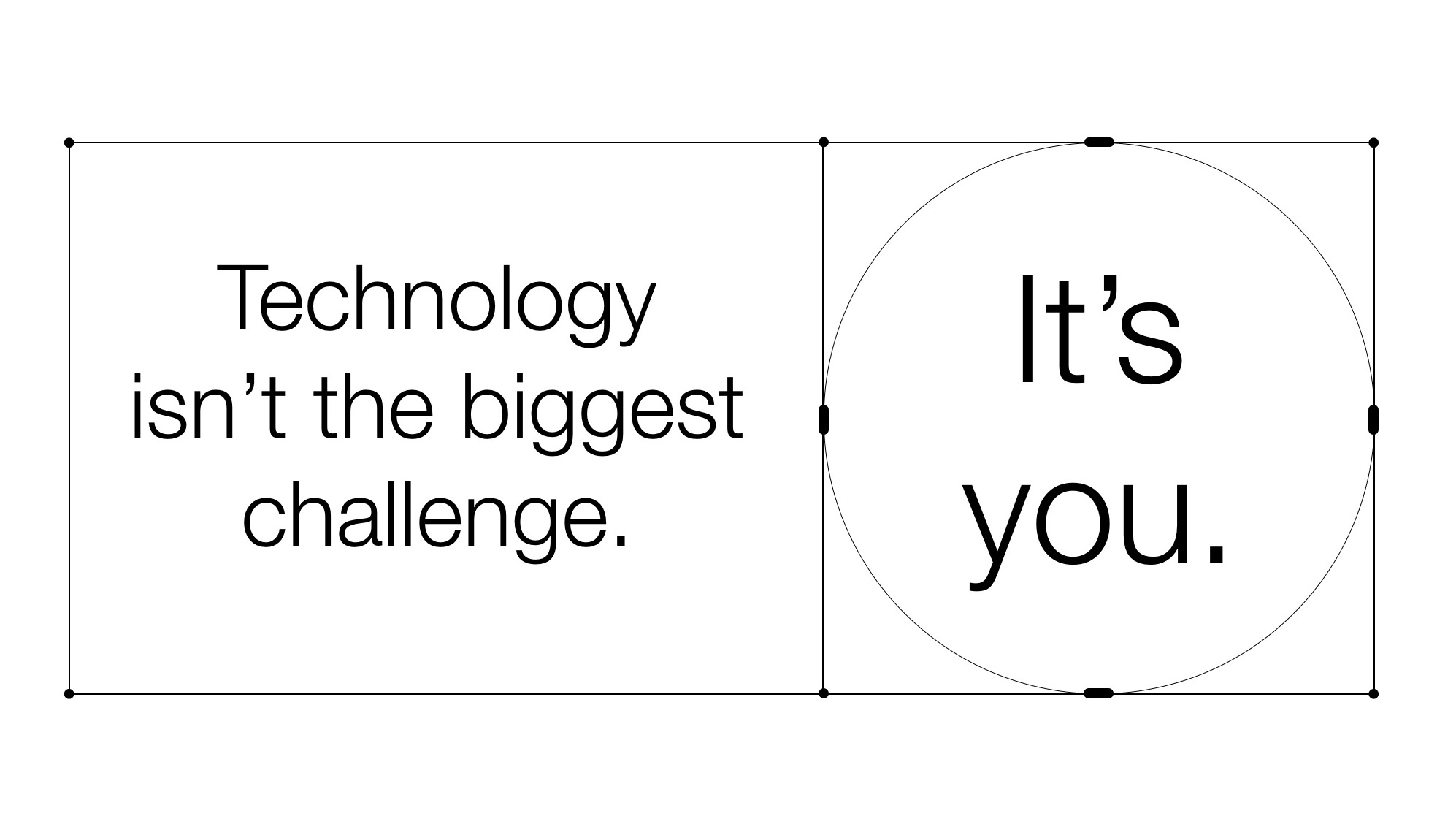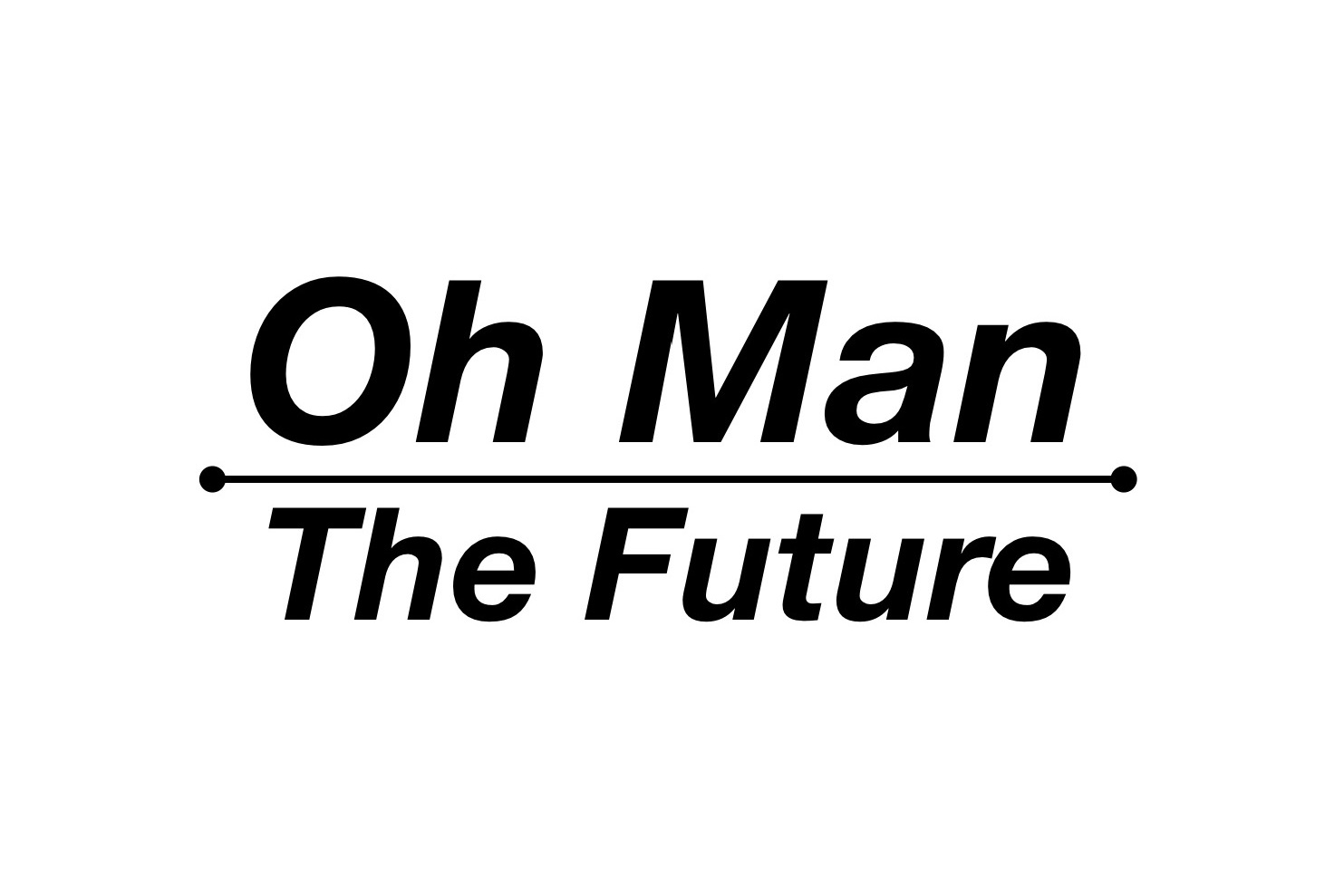Paris, FR - I’m coming down from my most recent INSEAD EMC Module with a Sunday morning wander through Fondation Louis Vuitton. It’s Frank Gehry’s latest white washed and tranquil temple of contemporary art. Plunked down in the middle of Eastern Paris’ leafy Bois de Boulogne thanks to some successful bag and box merchants. Today I embrace my new favourite artist I need bigger walls for in Gerhard Richter (sorry Ed Ruscha.)
As always in a contemporary art museum I gravitate to the artist’s descriptions of how they seek to redefine “what is art” in our current time. The definition of art, like the definition of many industries, triggers an identity crisis at industrial scale. As artefacts of the past definitions of an industry are always up for discussion. Especially as they emerge, fade away or bleed together.
What is law? What is design? What is IT? What is digital? What is FMCG? What is management consulting? What is advertising? What is software? Are all questions I’ve heard professionals grappling with lately.
Often these days it seems the identity crisis is triggered by digitisation or transformation. Two magic generative words that serve as vessels for hope and disappointment. Words absent of singular meaning or clear answers. Words that provide the opportunity to take a team or organisation through the ever fraught definition journey.
In the last EMC module we dug into “fair process,” also known as procedural justice. Which explores why fair outcomes often aren’t satisfying, even if the outcome is in our favour, if the process isn’t perceived as fair.
While I’ve long been very thoughtful around process I realized I have fallen into two traps that trigger fair process challenges in the definition journey:
Too fearful of engaging stakeholders without the process defined
Too fast to act on the outcomes of the process
These two traps leave little space to mourn the end of a prior worldview before internalising a new one. Leaving detachment, even behind a smiling and supportive facade. Fair process actually isn’t actually about the process itself but how we engage with people as part of a process. So next time rather than stick a definition on a wall I’ll engage even more folks beyond just the chosen few to help define it. To create an organization’s own definition sui generis. Maybe that way it won’t need to go on the wall, they’ll already know it.
“Does a process you’re in or leading feel fair?”
Trial & Error
Connecting Dots is about making the complex simple and multi-disciplinary learning to help leaders innovate for the digital era. It’s an experiment, thanks for being part of the journey, please tell your friends and enemies. Feedback most welcome.
Hungry for more?
It’s August, go out in the sun and start one of those books you’ve been meaning to read…
Movements
Next week I’m in Zurich for a couple days and possibly NY/SF later this month. London in between where I’m researching “perma-thaw” as a byproduct of ongoing digital transformations in many corporations. Say hi for ☕️
Until next time,
Brett
PS. I’d be grateful if you might forward this newsletter to one or three friends and colleagues so we can grow the community. Click here to subscribe at Connecting Dots.
🙏🏻





